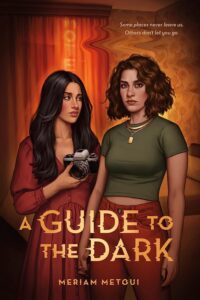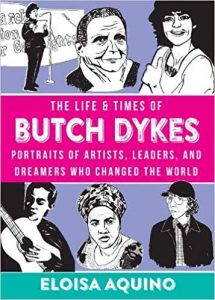Mira and Layla are trying to make their way to Chicago for the last leg of their college tour road trip when they’re stranded in a small town and forced to stay at the Wildwood Motel. To Layla, this is a minor setback while she’s more focused on figuring out her confusing feelings for Mira. But though Layla doesn’t seem to notice anything amiss, Mira senses something dark and wrong about their room and increasingly can’t seem to escape visions of her dead brother. With several days left until their car is fixed, Mira and Layla need to figure out what exactly is happening in Room 9 and how they can survive until the final night.
Parts of this book worked so well. I loved the diverse cast of characters and liked how well-rounded they felt for a book that takes place over just a handful of days. The slow escalation of suffocation from being trapped in a small room in a small town felt tangible. Part of this dread came from the inclusion of real photographs taken by the author interspersed throughout—fitting, since one of the characters is a photographer. I thought it was a wonderful way to convey how things were just a little off even as they weren’t yet noticed by the characters. I think the atmospheric set-up and the use of the haunting of the room as a metaphor for grief are the strongest parts of the book and deeply engrossing.
That said, for a YA horror this book moved a lot slower than I expected. It alternates between three perspectives: Layla, Mira, and the room itself. The result is that the four days spent with these characters takes its sweet time. I found it difficult to keep switching between the Mira and Layla perspectives because tonally they sounded so alike. It also meant that sometimes the same event is described twice over in a way that became a little repetitive. I was caught by surprise when the ending picked up so quickly considering how much it lingered in the set-up and was left a bit unsatisfied by the resolution. I think that if readers go in knowing that this is not going to be an action-packed horror, they’ll have a better time. For those looking to linger for a bit in an atmospheric creepy book exploring grief, I think it’s worth a read.
Trigger warnings: violence, suicidal ideation, drowning, grief, child death, fire, car accident, homophobia


